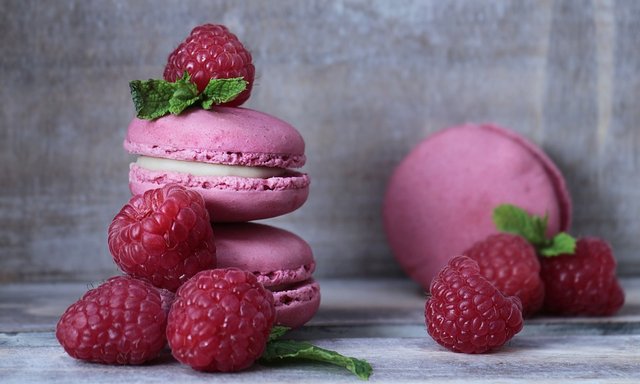The myths to debunk on sunscreen
When the sun shines, the desire to stay outdoors and feel the warmth of the rays on the skin grow. Beware, however: too much sun causes redness and burns, which cause discomfort and pain and damage health. Here are the most common myths about sun protection and some tips on how to best protect you from harmful rays.
The sun has very positive effects on health: it improves the general well-being, helps the body to release the hormones of happiness, strengthens the immune system and stimulates the synthesis of vitamin D. The UV rays present in sunlight, however, are dangerous for the skin.
To avoid damage it is essential to have adequate sun protection. In this regard, however, there are many myths to dispel. Below we examine the main ones.
If there is no , protection is superfluous
Being in the shade does not guarantee complete protection from ultraviolet rays, as the rays are reflected by the sand, water, and various objects, and therefore it is possible to burn even if there it exposes itself directly to the sun. And even in the case of overcast skies, it is important to protect the skin. The clouds, in fact, attenuate the intensity of the UV rays, but not to the point where they can give up a sunscreen.
Water-resistant products retain their efficacy even after bathing
Solar products can be defined as water-resistant if they maintain at least 50 percent of their protective efficacy after about half an hour in water. Immediately after drying, it is, therefore, necessary to apply a new layer of cream on the skin.
A double of cream protects the double
The time of exposure to the sun depends mainly on the ability of self-protection of the skin and more precisely from its photo type; the more the complexion is clear, the more you have to stay away from the sun's rays. The cream protection factor increases the exposure time. This does not mean, however, that by applying for the protection several times, you can remain exposed to the sun all day. Renewing the application of sunscreen does not prolong the protection; it simply keeps it, for example in the case where the cream has been removed after a bath in water or a towel-pass.
Artificial tanning protects the skin from sunburn.
The lamps do not increase the self-protection capacity of the skin. While sunlight contains both UVA and UVB rays, many solariums use UVA-only devices that tan the skin but do not protect it from the sun's rays. UVB, with tanning, create a slight protective effect from solar radiation, but at the same time damage the skin, so from a medical point of view it is not advisable to expose yourself to a further dose of UV rays.
From red to brown-golden
Many believe that a sunburn after a while 'time is transformed by giving the skin a beautiful amber color. But this is not true, since sunburn does not anticipate or trigger the tanning process, but rather represents an acute inflammatory reaction of the skin. Sometimes, at a later time, the skin actually takes on a golden color, but this is due to the action of UV rays during exposure to the sun. It is much better for the skin to tan without first getting burned. In general, however, every tan involves some damage to our skin. From time to time, therefore, it is good to give up sunbathing.



